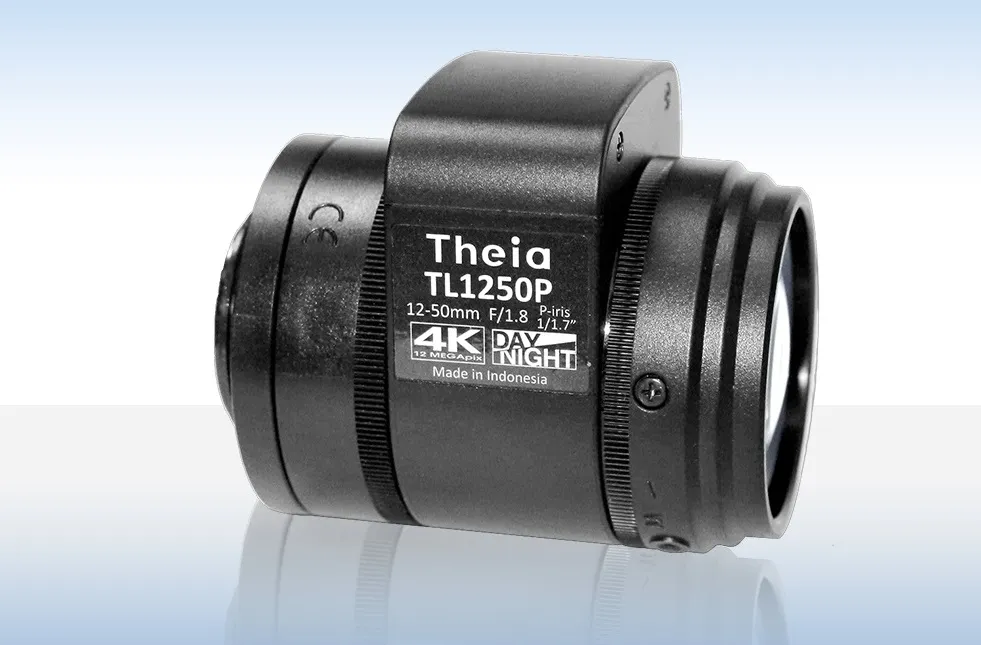Vega 1 comes with an automatic number plate recognition (ANPR) engine and its local storage is expected to allow the solution to work independently in case the connectivity is interrupted. The single lane intelligent traffic system provides colour video streaming via standard RTSP protocol.
According to Tattile, the camera is expected to offer a working distance up to 25m and does not require an external IR lighting. The high-sensitivity image sensors allow ANPR reading and video streaming in harsh and low light conditions.
Standard features also come with optional functionalities which provide further information on the vehicles tracked by additional vehicle brand, vehicle class and vehicle colour identification. There are options to connect the Vega 1 to WiFi, LTE and GPS. Vega 1 can serve as a collector of all relevant data needed for vehicle identification and road control, the company adds.
Tattile launches Vega 1
Tattile says its intelligent camera Vega 1 is designed for single lane vehicle tracking, traffic-limited areas and priority lanes as well as congestion charging.
Vega 1 comes with an automatic number plate recognition (ANPR) engine and its local storage is expected to allow the solution to work independently in case the connectivity is interrupted. The single lane intelligent traffic system provides colour video streaming via standard RTSP protocol.
According to Tattile, the camera is expected to offer a
December 6, 2018
Read time: 2 mins










